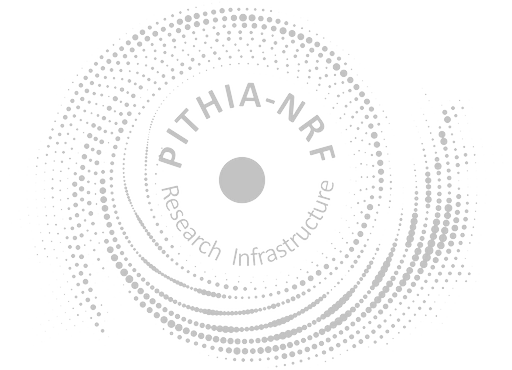EISCAT VHF Incoherent scatter radar
Last modified on Jan 16th, 2025
In This Page
Responsible Parties
Description
An incoherent scatter radar transmits a VHF or UHF radio wave of high power and a tiny fraction of the power is scattered back. The spectrum of the scattered signal depends on plasma waves propagating in the ionosphere and from the shape of the spectrum the temperature of electrons and ions can be determined. The scattered power or electron plasma frequency shift can give the electron density and the Doppler shift gives the ion drift velocity. The EISCAT Tromsø VHF radar was taken into use in 1985. It operates at 224 MHz and uses a 4-segment parabolic cylinder antenna of 40x120 m, which can point to zenith or low elevation northward. The transmitter and receiver are split in two halves each connected to two of the segments. Only one half can transmit due to a klystron failure. The system nevertheless operates at a peak power above 1 MW.
Operational Modes
-
IncoherentScatter
isrThe main use of incoherent scatter radars is ionospheric research, where coded pulses are transmitted and received. Decoding gives autocorrelation function estimates at selectable time and range resolutions, and theoretical scatter spectra can be fitted to these using standard Fourier transform theory. The VHF radar operates at 224 MHz which also makes it useful for D layer and mesospheric research (PMSE, PMWE).
Further Resources and Information
Resources
Go to Metadata FileMetadata Information
| Editor | EISCAT Scientific Association |
| Version | 2 |
| Created | Monday 3rd Oct. 2022, 10:53 |
| Last Modified | Thursday 16th Jan. 2025, 12:42 |

